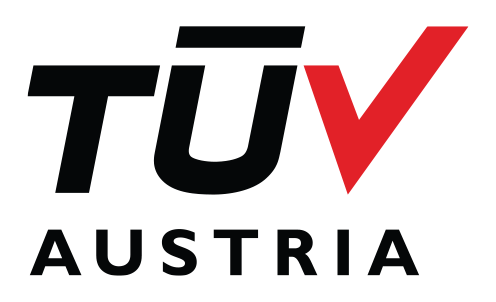Gulf Conformity Mark (G MARK)
Gulf Cooperation Council (GCC)
GCC Standardization Organization (GSO) is a Regional Standardization Organization (RSO) which was established by the resolution of the GCC Supreme Council (22nd Session, Muscat, Oman, 30-31 December 2001) and assumed its operation in May 2004 with a membership of the governments of The State of the United Arab Emirates, The Kingdom of Bahrain, The Kingdom of Saudi Arabia, The Sultanate of Oman, The State of Qatar, and The State of Kuwait.
The mission of GSO is to assist the States of the Cooperation Council for the Arab States of the Gulf (GCC) to achieve the objectives set forth in its Charter and in the GCC Economic Agreement
by unifying the various standardization activities and following up implementation and compliance with the same in cooperation and coordination with the standardization bodies in the Member States (NSBs) to develop the production and service sectors, foster the intra-GCC trade, protect the consumer, environment, and the public health, enhance the GCC economy and its competitiveness and meet the requirements of Gulf Custom Union and Gulf Common Market.
Gulf Conformity Mark (G MARK)
GSO Board of Directors in its 10th meeting (Muscat, 24 May 2009) approved the Technical Regulation for Gulf Conformity Marking. In pursuance of reducing the technical barriers of trade and facilitating the free movement of commodities across borders within the Gulf Cooperation Council (GCC) member states, the Gulf Conformity Marking has been devised as a principle means to realize those targets.
The marking is not a quality mark, but rather a marking that signifies the conformity of products at least to the essential requirements of health, safety and environment. Affixing of GCC conformity marking will be compulsory for product categories that will be the subject of GCC Technical Regulations. Priority has been given to regulations pertaining to toys and low voltage devices.
The technical regulations shall determine the conformity assessment procedures that should be applied by the manufacturer or a Notified Body, as a third party that is brought on board to carry out the conformity assessment procedures as stated by the technical regulation in relation to every product category.
Steps of Application:
Step 1: The applicant submits the required documents.
Step 2: Evaluates the efficiency of the designs for the products covered by the technical regulation and their compliance with the applicable Gulf technical regulations.
Step 3: Samples or finished products are submitted for examination in case the inspection report is not submitted.
Step 4: Technical file evaluation.
Step 5: Issuing a certificate/certificate of examination of the Gulf model.
Step 6: Gulf symbol for tracking conformance.
Documents Requirement of Gulf Conformity Mark:
The manufacturer or his representative submits the application including the product design, components, conformity declaration, risk analysis report, and any other relevant documents.
Registration and tracking Gulf Conformity Tracking Code (GCTS):
All approved products must be registered in the certification tracking system at the Gulf Cooperation Council Standardization Organization for the Arab States of the Gulf, as this system contains details such as manufacturer data, manufacturer, and product identity.
Each registered product will have a Gulf Conformity Tracking Code (GCTS) printed on the certificate of the product that contains the Gulf Conformity Marker, the registration number of the conformity assessment body, and a unique electronic code (QR code) linked to the standardization body database, for quick verification by customs authorities. While the certificates remain valid as long as the standard specifications that represent the basis for granting the certificate of conformity are in effect, or even for a maximum period of 3 years according to the Gulf Technical Regulations for Low Voltage Devices and Equipment and Five years according to the Gulf Technical Regulations for Toys Products, however, the registration of the GCTS symbol must be renewed annually.
The holder of the certificate can apply for its renewal within 12 months prior to its expiration date, and a new certificate with a validity period of 3 or 5 more years will be issued with the same electronic code (QR) and the GCTS code of the product in question after the conformity assessment authority has re-evaluated and its success. The standardization body calls for updating and re-checking the validity of the standard specifications for all existing certificates granted based on cancelled specifications.





